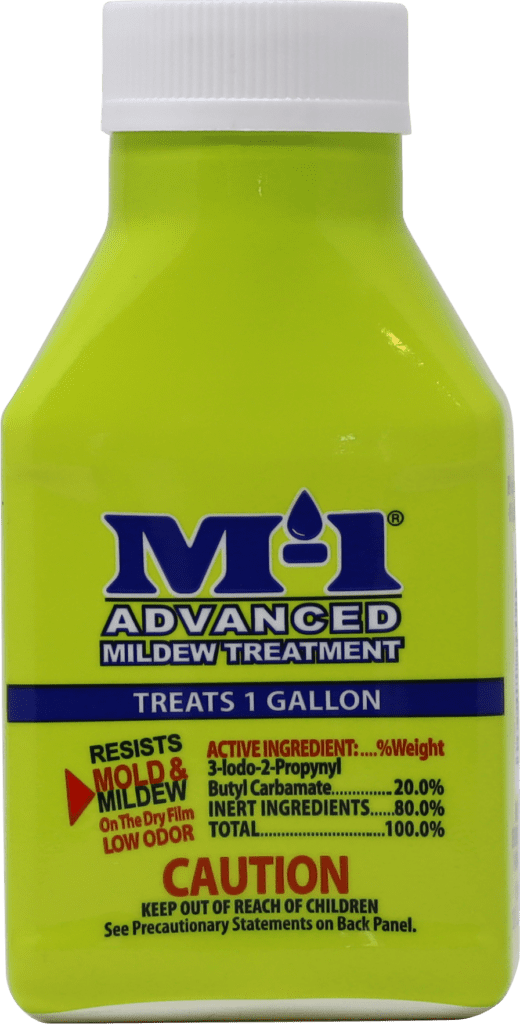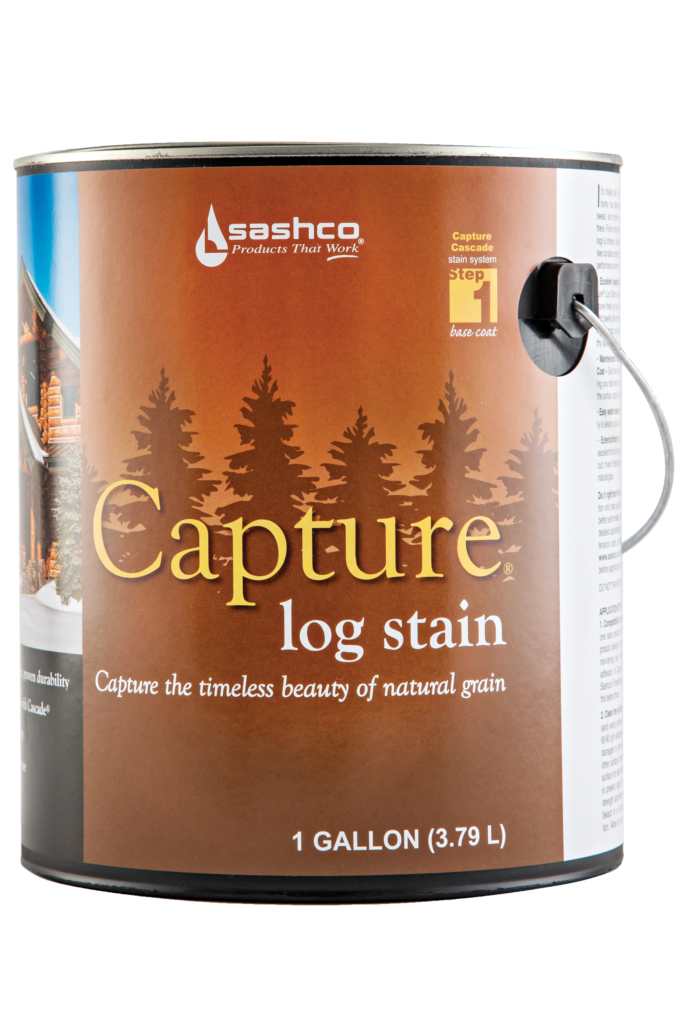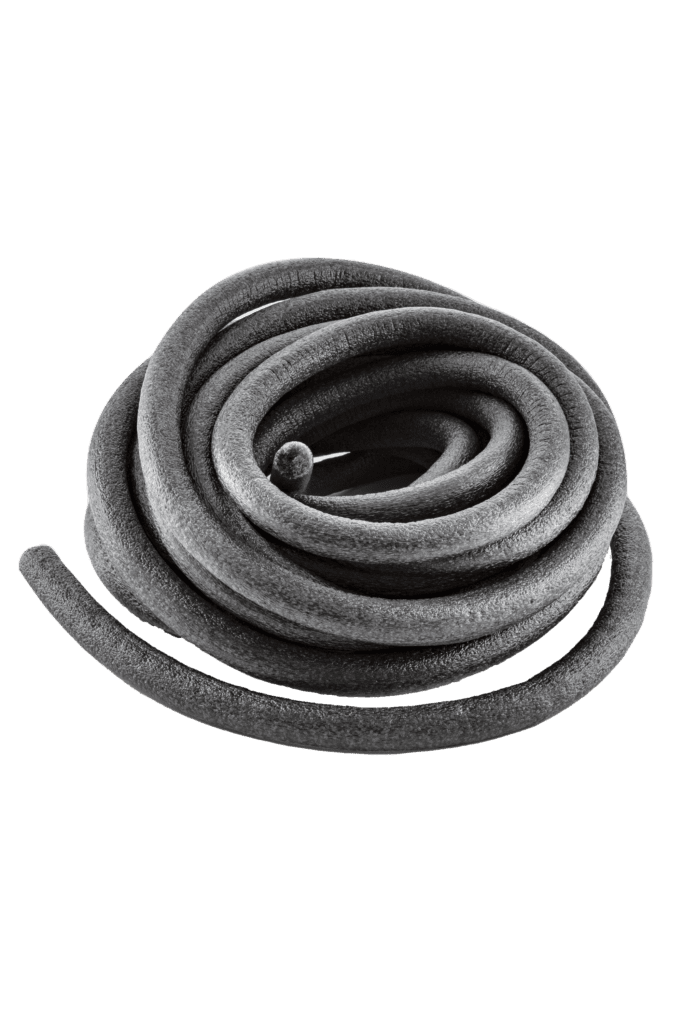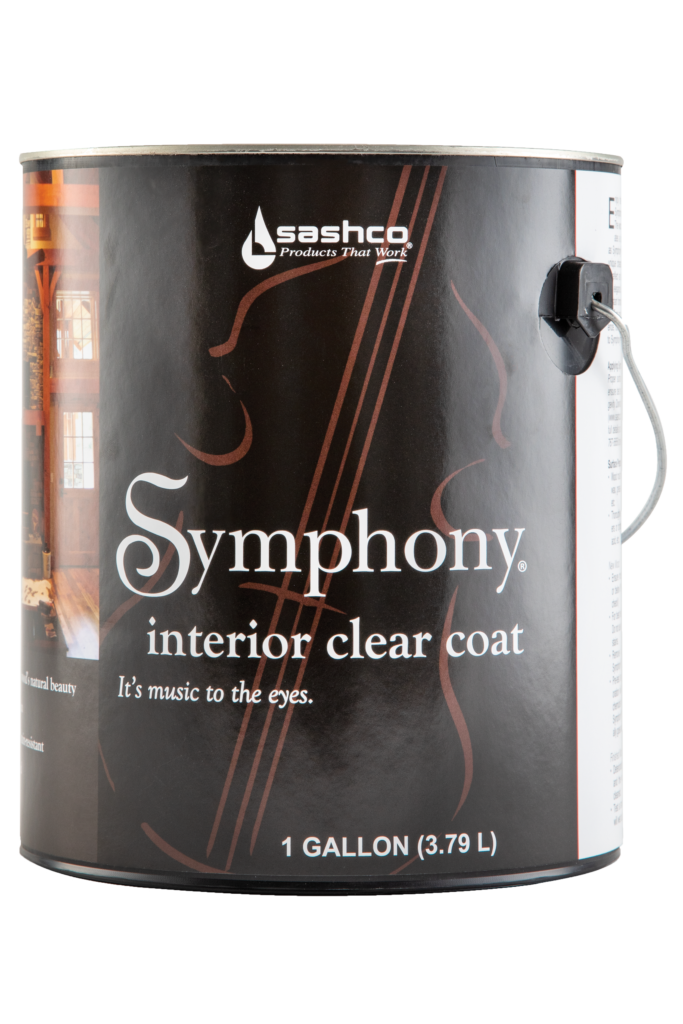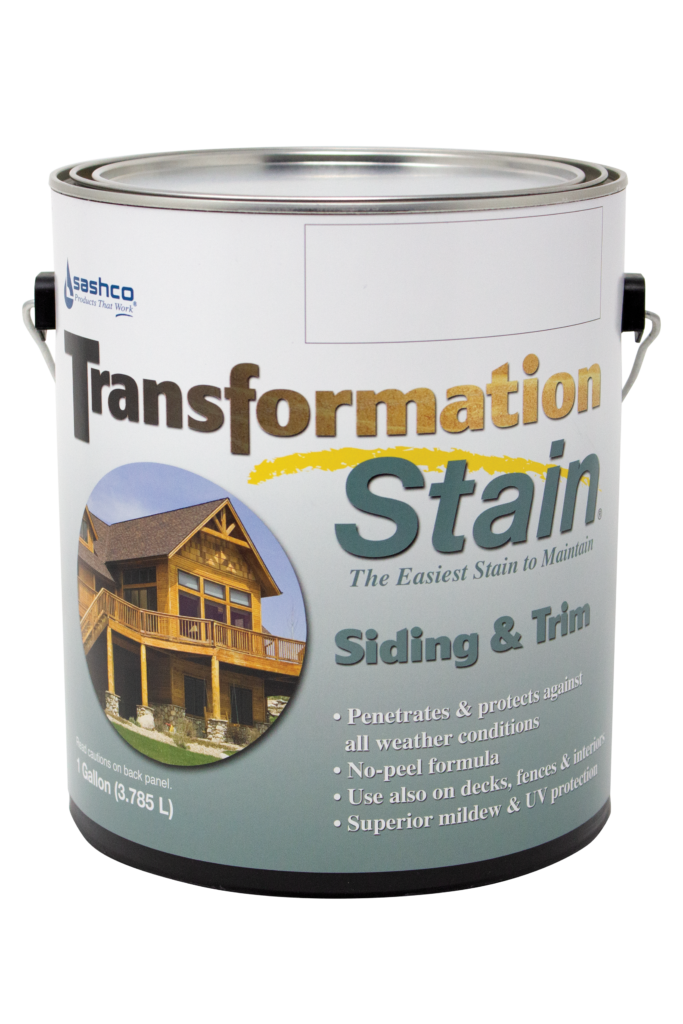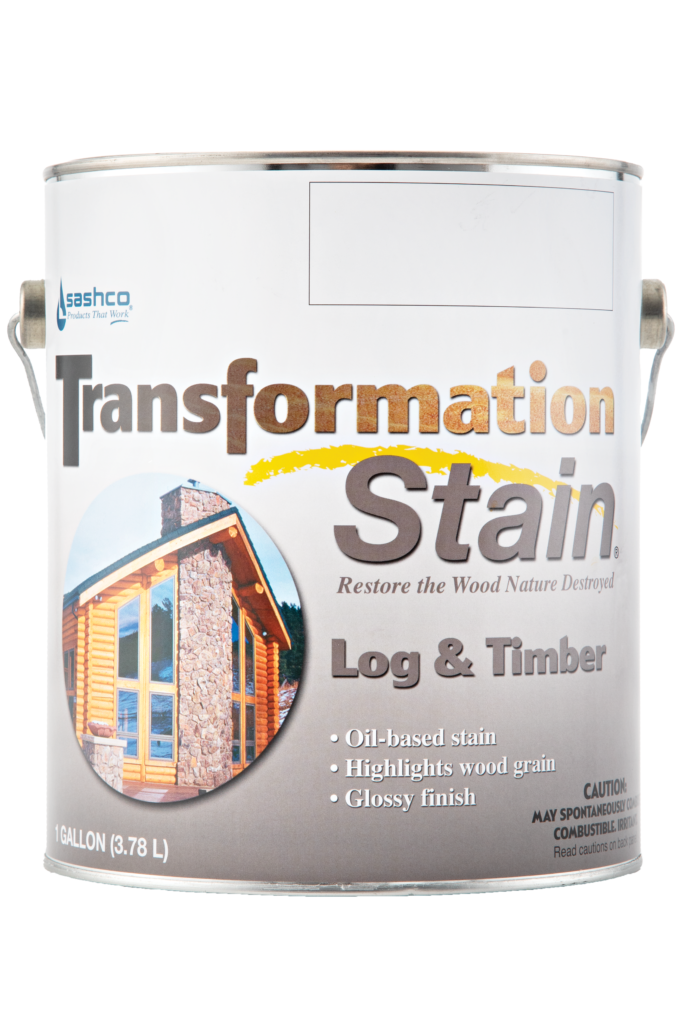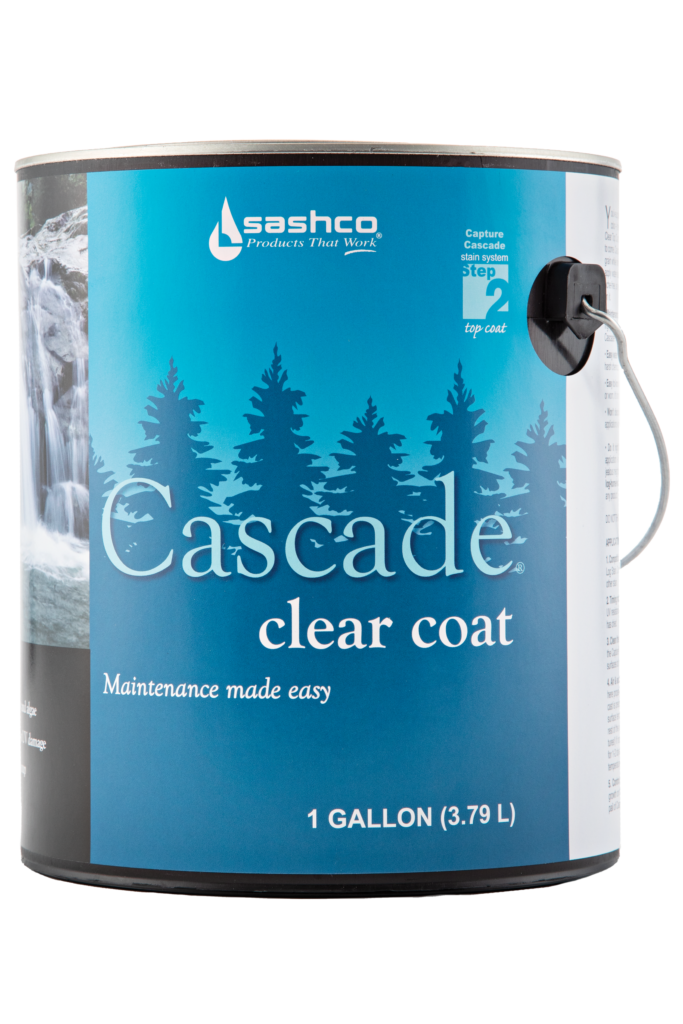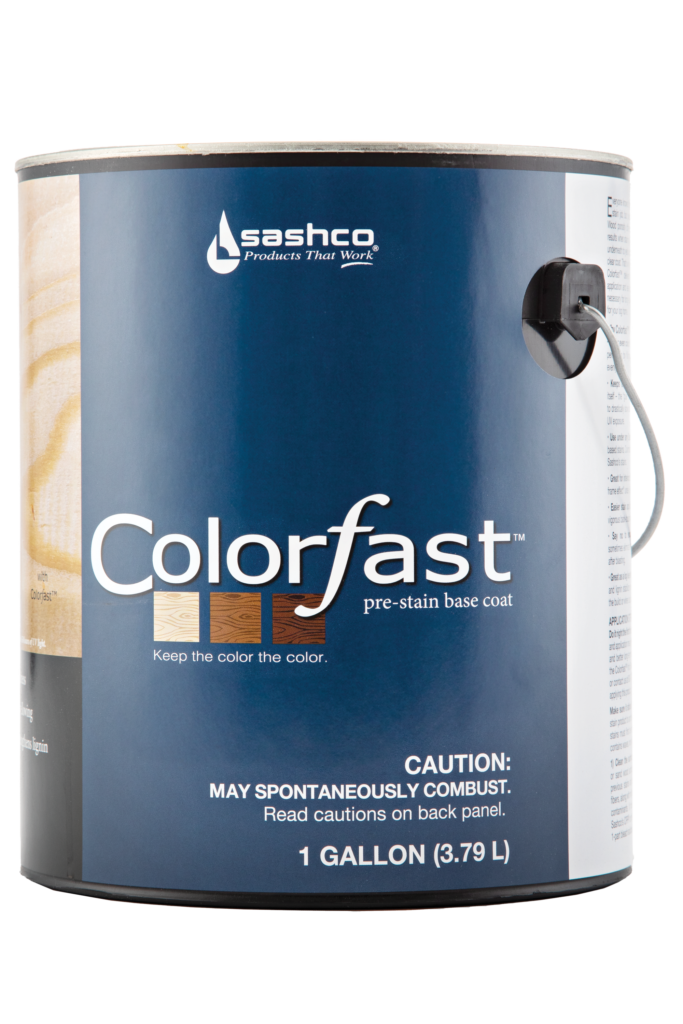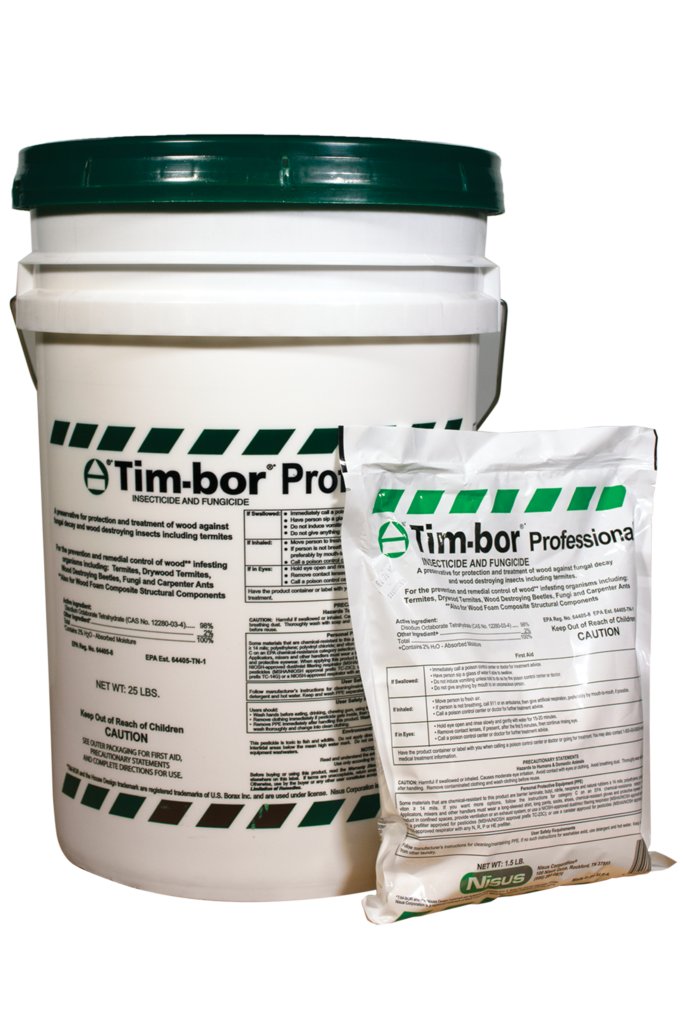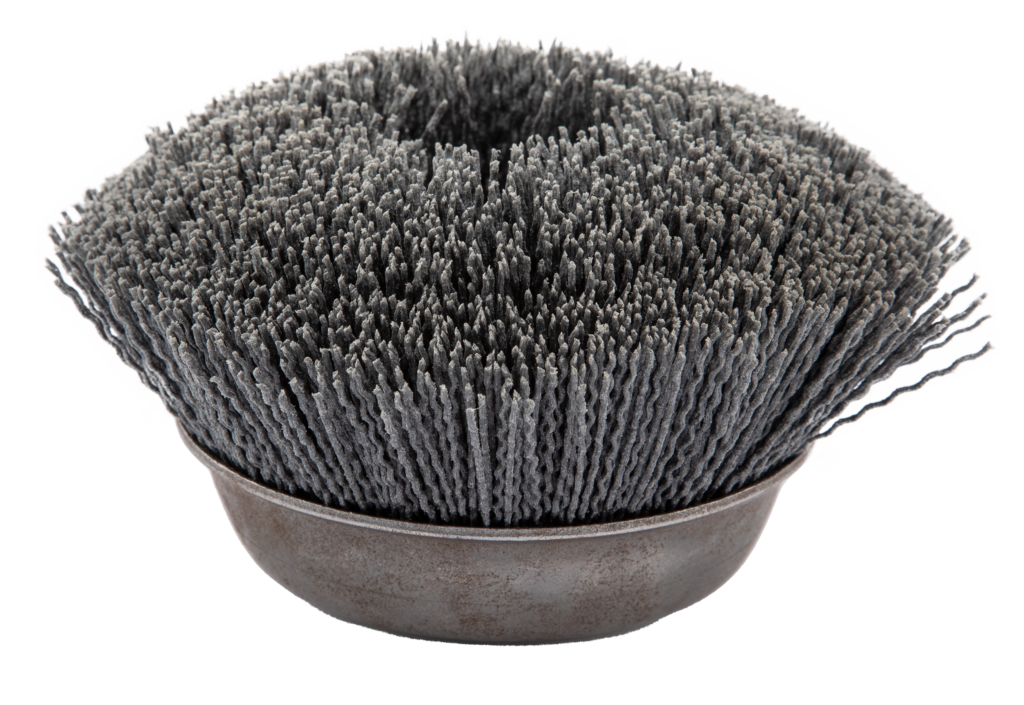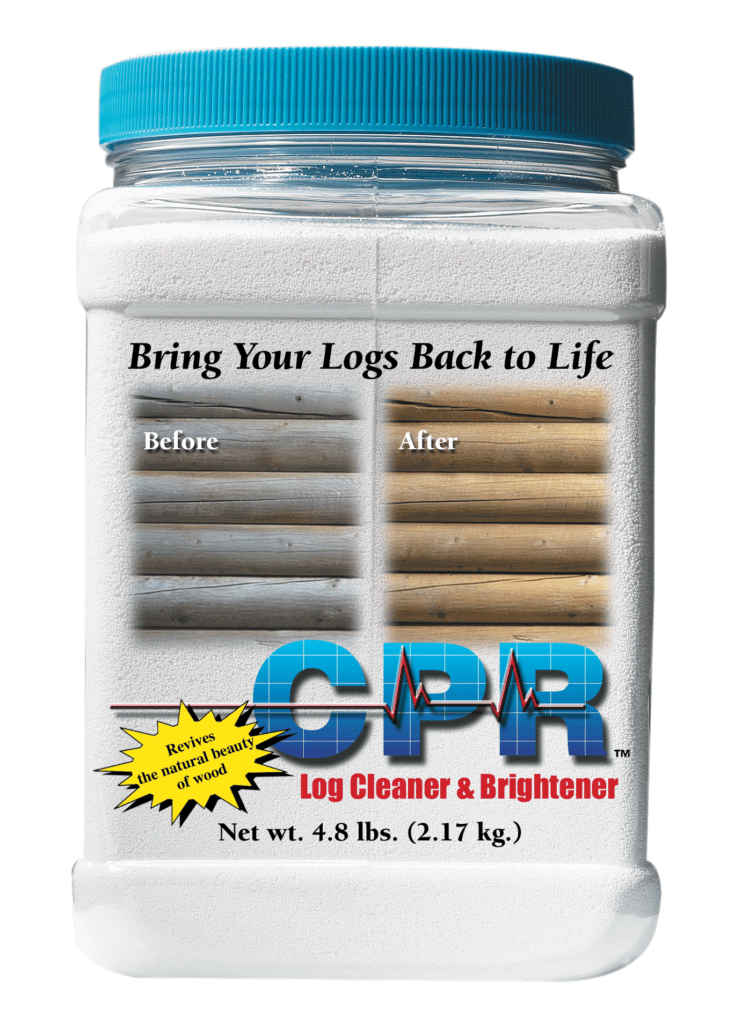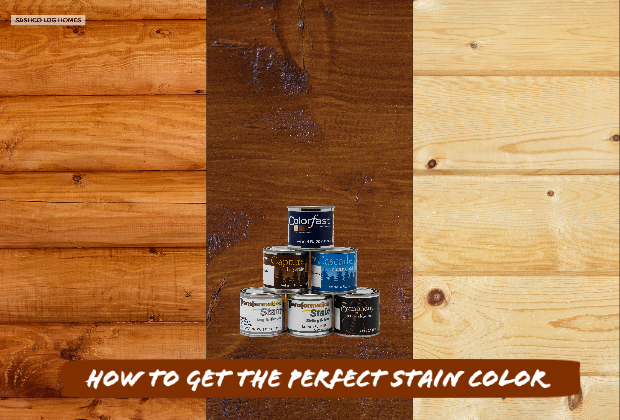
Ultimate Guide to Selecting the Right Wood Stain Colors Every Time.
What affects color?
Folks are passionate about getting the perfect color on their home. It can be a challenge when there are so many factors that can affect stain color. We’re here to help explain exactly what affects that perfect color so expectations are crystal (or, perhaps semi-transparently) clear.
Stain Color Rule: The final color will always be a combination of every visible layer.
When applying transparent or semi-transparent stains (which all of Sashco’s stains are) everything under the stain affects the color.
(Side note: with solid stains and paint, only the stain or paint shows, not the wood underneath. Unfortunately, this also hides developing problems that you won’t find until it’s too late. This is why Sashco doesn’t make, nor recommend solid paints and stains for logs. Whew! That was a long side note.)
So, what affects the first coat of color?
- The color of the wood itself (species and even individual logs can vary a LOT)
- The absorption capacity, aka porosity, of the wood (again, species and even individual logs can vary a LOT)
- The condition of the wood. This include factors such as:
- Is it newly sanded?
- Is it sunburned? Is there yellowed wood present? (Wood yellows/oxidizes as it ages. Shameless plug: Colorfast can minimize this color change!)
- Gray, weathered wood — this wood always stains to a black color!
- Clean or dirty wood — every discoloration from dust, pollen, bird poo, mold, etc. will be locked in under the stain if not first removed.
- The previous exposure of the wood. On recoats, exposed walls are expected to be more porous and stain darker than walls that are more protected from the elements.
- The penetration of the stain. Keep in mind that oils penetrate, acrylics don’t – well, not much.
- The color of the stain being applied.
TIP: You can wet the wood down with a little water and it will darken somewhat. Imagine a brown cedar shake – it “wets out” to be dark brown-black. Gray wood also goes nearly black when wet. This wet down is a good double-check for color, as well as a test for sufficient prep on formerly gray weathered wood. Still dark after all that sanding? You need to sand some more.
What affects the second coat of color?
- The color of the first coat. (Seems like a “duh” statement, but sometimes the obvious isn’t so obvious.)
- The absorption capacity (aka porosity) of the stained surface. Just like wood, stains vary in their porosity! Things to consider when it comes to absorption:
- Film-forming stains in good condition won’t allow much, if any, penetration (Hint from the pros and also the novices: This is the perfect time to do maintenance—when things are still in good shape! Wait too long and you’ll have more extensive and expensive prep on your hands.
- As some stains age, they get more porous and will absorb quite a bit of stain. Eroding alkyds (Sashco’s Transformation Siding & Trim) are an example of this type of stain. They don’t peel, they erode over time, which makes them more porous.
- Wet on wet coats: Drying oils — alkyds or natural oils like Transformation Log & Timber — need the first coat to cure before the second coat is applied. Otherwise, the second coat soaks in and results in a dull look and a different color.
- Non-drying oils will soak in more and more, oil as they never dry. The color deposited on the surface will remain for only a while, then will be burned off the surface within a few months. (These types of stains also interfere with the adhesion of chinking and caulking. Every log home has some areas that need to be sealed. As such, Sashco doesn’t recommend any products with silicones, waxes, or non-drying oils.)
- The color of the stain being applied as the second coat. This can be different than the color of the first coat. Shifting to a darker color can really highlight wood textures.
Add it all together and you get…
…a different color every time! The vast number of variables that affect the color means that sampling is always your best option, even when doing maintenance. It’s why Sashco provides free samples of our stains and clear coats. Be sure to contact Customer Service when you need them!
Request A Free Stain Sample
Don’t surrender your fate to an online color chart. Order your free stain samples today.

